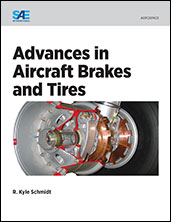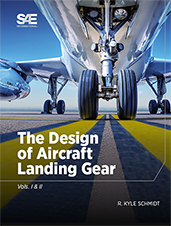Book

Advances in Aircraft Brakes and Tires
2015-08-24
An aircraft’s interface with the ground—through its wheels, tires, and brakes—is critical to ensure safe and reliable operation, demanding constant technology development. Significant advancements have occurred with almost all civil airliners entering service with radial tires, and with the Boeing 787 having entered service in 2011 with electrically actuated carbon-carbon brakes. This book is divided into three sections: tires, control systems, and brakes, presenting a selection of the most relevant papers published by SAE International on these matters in the past fifteen years. They have been chosen to provide significant interest to those engineers working in the landing gear field. With almost all current large civil aircraft (and many smaller aircraft) opting exclusively for carbon-carbon brakes, a number of papers addressing the challenges of this technology are included. Papers touching on tire behavior and papers discussing brake control strategies are provided.

